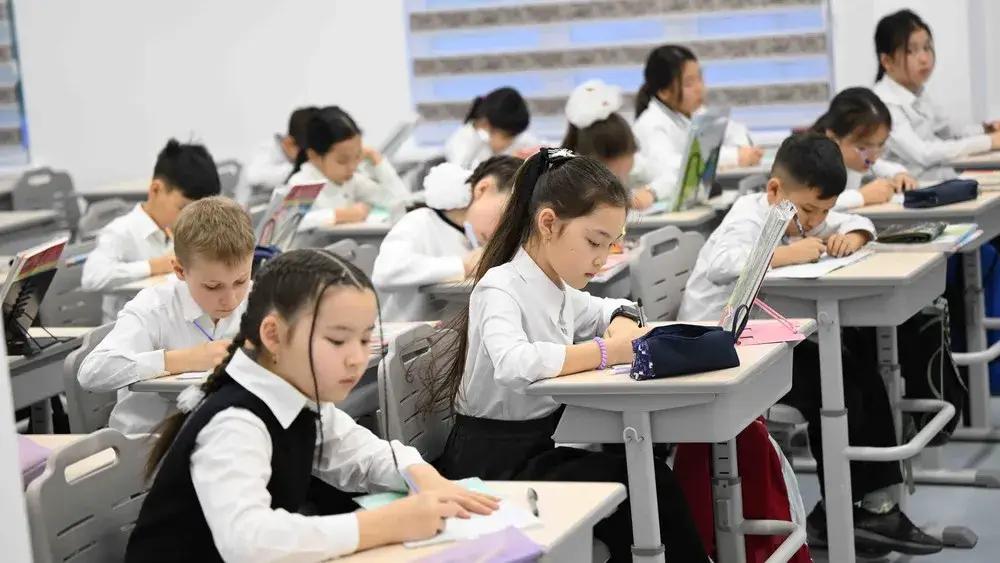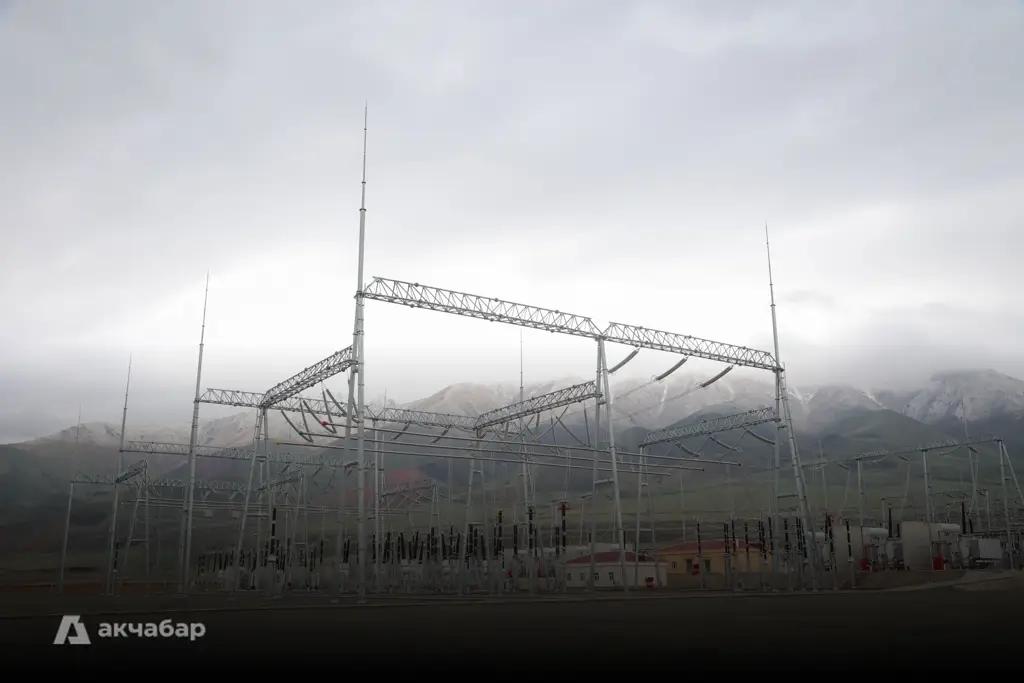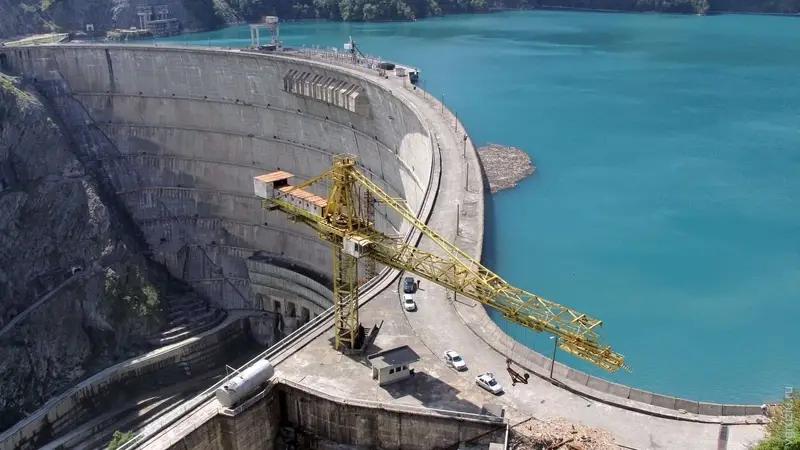
Published
08/20/2025, 10:02The school season in Central Asia is always accompanied by an important question for parents: where will their child study? If earlier the choice was obvious—the state school near the house—today more and more families are looking toward private education.
The reasons are clear: private schools have fewer children in the classroom, higher discipline, safety, and an individual approach.
Here, they not only teach, but also shape the “full day of the child”: lessons, homework, and extracurricular activities. Some schools focus on robotics, others on languages or sports, and some educational institutions emphasize IT and even modern professions such as SMM, which are already in demand today.
If a student's performance drops, a tutor is assigned to accompany them in class and help them stay on track. For parents, this is a guarantee that their child will not be neglected, which cannot be said about state schools, where there can be up to 40 students in a class.
Ten years ago, private education in Kyrgyzstan was still pretty rare. Today, it's a trend. According to the Ministry of Education, there will be 224 private schools in the country by 2024, compared to just 152 in 2020. That means the number of these schools has grown by 72 in just four years.
This growth is not only due to parents' demand for quality education, but also to market development. Private schools have begun offering more diverse programs, from classical to international, including Cambridge and Oxford. However, prices are also rising.
In Kyrgyzstan, the price range is quite wide. At Tensai International School, parents pay about $5,200 per year for primary school and $5,750 for secondary school.
The Cambridge program is more expensive: $7,200 if paid in advance and up to $9,600 after August. At Bilimkana International Kids, a year of primary school costs $457 per month, and around $600 for secondary school, with scholarships available.
The Erudite School offers tuition at $3,600 for primary school and $4,000 for secondary school. Smart School estimates the annual cost at $2,861, while at Indigo Sapat, prices start at $4,500. One of the most expensive schools in Kyrgyzstan is BIS, where tuition starts at $15,000 per year. At Avenir International School, tuition in the lower grades costs $423 per month, and in the middle grades, about $480.
Private schools are also popular in Kazakhstan, especially in Almaty. At Baiterek School, tuition costs around $274 per month. At Koula.kz, it is $443. Space School offers an annual program for $4,908.
The Miras International School in Almaty is in the premium segment: primary school costs almost $9,600 per year, and secondary school costs $12,927. At Galaxy International School, prices start at $8,319 per year.
The private school market is developing rapidly in Uzbekistan. At Artel TS in Tashkent, tuition costs $358 per month, with a discount for the second child from the same family. CIS Tashkent is the most expensive: in third grade, it costs almost $19,000 per year, and in ninth grade, over $24,000.
Oxbridge International School offers a more affordable option: $752 per year for primary school and $893 for secondary school. At Wise School, the price is around $437 per month. At Diplomat International School, the monthly fee is $628, but if you pay in advance at the beginning of the month, it drops to $596. In addition, the school charges a one-time entrance fee of about $318.
In Tajikistan, prices are also high, especially when compared to the level of income. At the Empire of Knowledge school, annual tuition ranges from $2,362 for lower grades to $2,545 for upper grades. Ruyo School has separate programs: English costs $2,899 per year, and Russian costs $2,577.
At the Shakhsiyat School, prices vary depending on the language of instruction. In the Tajik and Russian groups, a year of education costs $1,610, and in the English group, it costs almost $1,933.
A comparison with salary levels shows that education in private schools in the region is much more expensive than the average family income.
In Kyrgyzstan, the average salary is about $473, while the minimum cost of education is approximately $2,800 per year. In Kazakhstan, salaries are higher, at around $825, but education at a good school costs at least $3,300. In Uzbekistan, with an average income of $476, the most affordable options cost around $750 per year, but the top schools exceed $20,000. The contrast is most striking in Tajikistan: the average salary is only $279, and private school tuition starts at $1,600.
Looking at individual countries, the most expensive schools are in Uzbekistan, where CIS Tashkent charges up to $24,000 per year. However, the most affordable option is also in Uzbekistan, where Oxbridge charges less than $800 for primary school education.
Thus, Uzbekistan has simultaneously become the country with the most expensive and cheapest private education. In Kyrgyzstan and Kazakhstan, the cost of schools is more balanced, but it still significantly exceeds the average family income. The situation is most dire in Tajikistan, where even the minimum fees of $1,500 per year are several times higher than the annual salary of most residents.
Parents choose private schools for the sake of quality, safety, and their children's future. But this choice is not available to everyone. At the same time, for the wealthy, private schools are becoming not only an educational platform but also a means of social positioning. In essence, private education is becoming a marker of social status, and the question “Where does your child go to school?” is becoming no less important than the profession or income of the parents.
*Costs converted at the dollar exchange rate on August 18.


